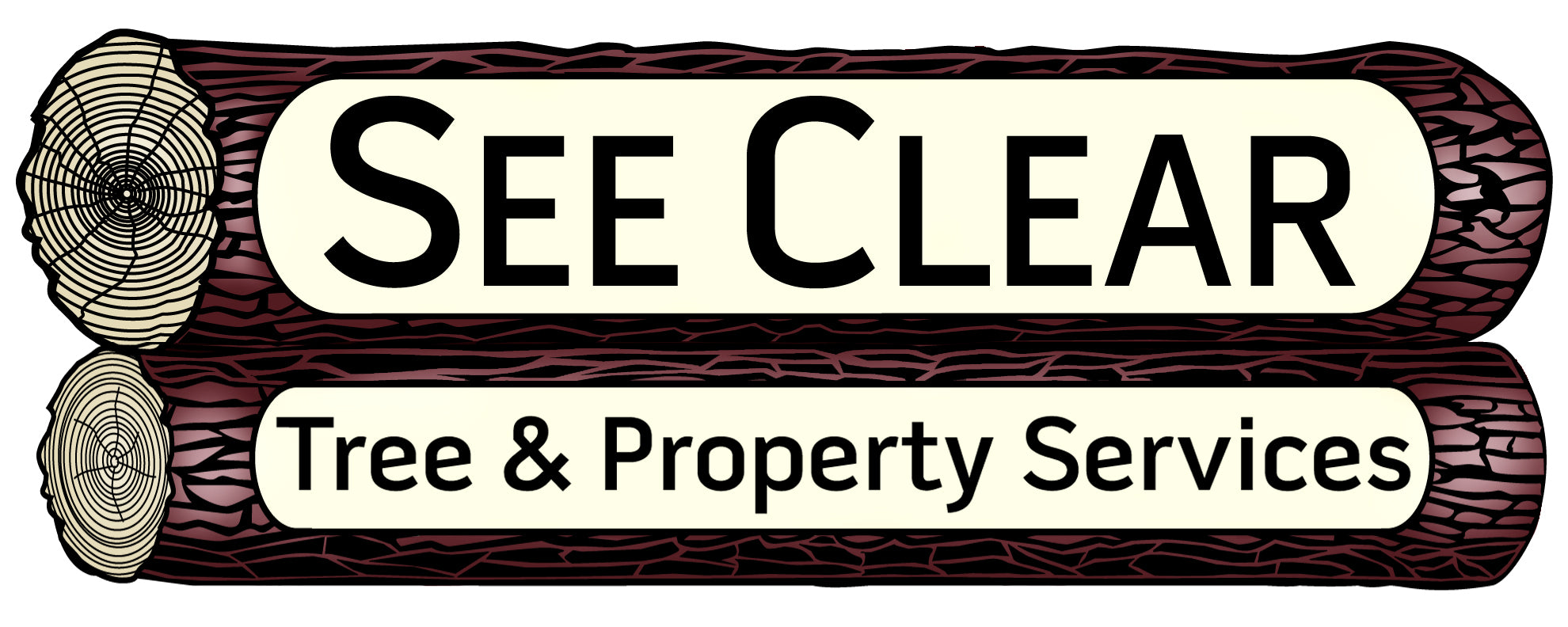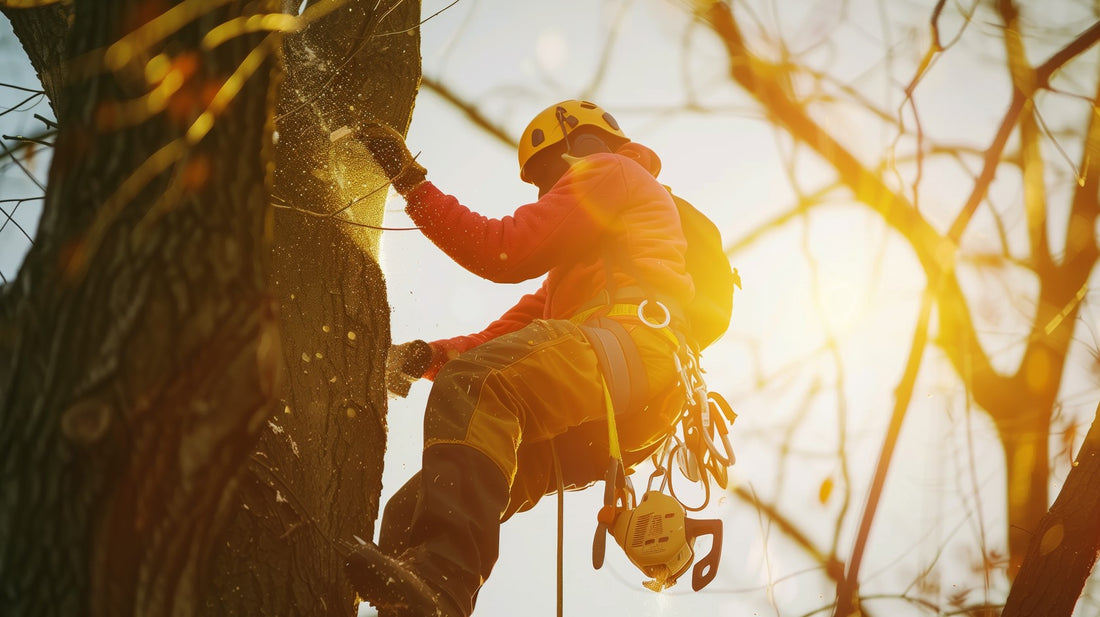Pruning Techniques Overview:
Distinct types of pruning might be required to uphold the well-being, safety, and appealing state of a mature tree. Here are a few commonly used techniques:
Cleaning the Tree
This process encompasses the elimination of branches that are dead, dying, diseased, weakly attached, and of low vigor from the upper portion (crown) of a tree.
Raising Branches
This method involves the elimination of lower branches from a tree to create adequate space for structures, vehicles, pedestrians, and unobstructed views.
Reduction
This technique reduces the size of a tree, often for utility line clearance.
Reducing Tree Density
This method entails selectively reducing the density of foliage around the outer edges of the crown. The purpose is to enhance wind and light penetration, not only for aesthetic considerations but also to encourage the growth of foliage within the tree's interior.
Pruning Young Trees: Cultivating Future Giants
Implementing structural pruning is pivotal for cultivating a tree with a sturdy framework and appealing shape. Trees that undergo proper pruning during their early stages will necessitate less remedial pruning as they grow and mature.
The Fallacy of Topping Trees
Topping refers to the unselective severing of tree branches to stubs or to lateral branches that lack the sufficient size to become dominant. While topping is sometimes employed to decrease a tree's dimensions, it stands as one of the most detrimental practices in the realm of tree pruning. In some cases, topping can result in the immediate death of the tree.
Conclusion
Routine tree pruning is a vital aspect of tree maintenance and safety. It not only promotes tree health and aesthetic appeal but also ensures the safety of the surrounding environment. When done correctly and at the right time, pruning can significantly contribute to the longevity and vitality of your trees.
However, it is essential to remember that pruning is a skilled task that trained and experienced arborists should ideally carry out. They have the necessary knowledge and expertise to ensure the pruning is done correctly, thereby reducing the risk of any potential damage to the tree. So, while you enjoy the beauty and shade provided by your trees, remember that regular pruning is key to their health and your safety.

